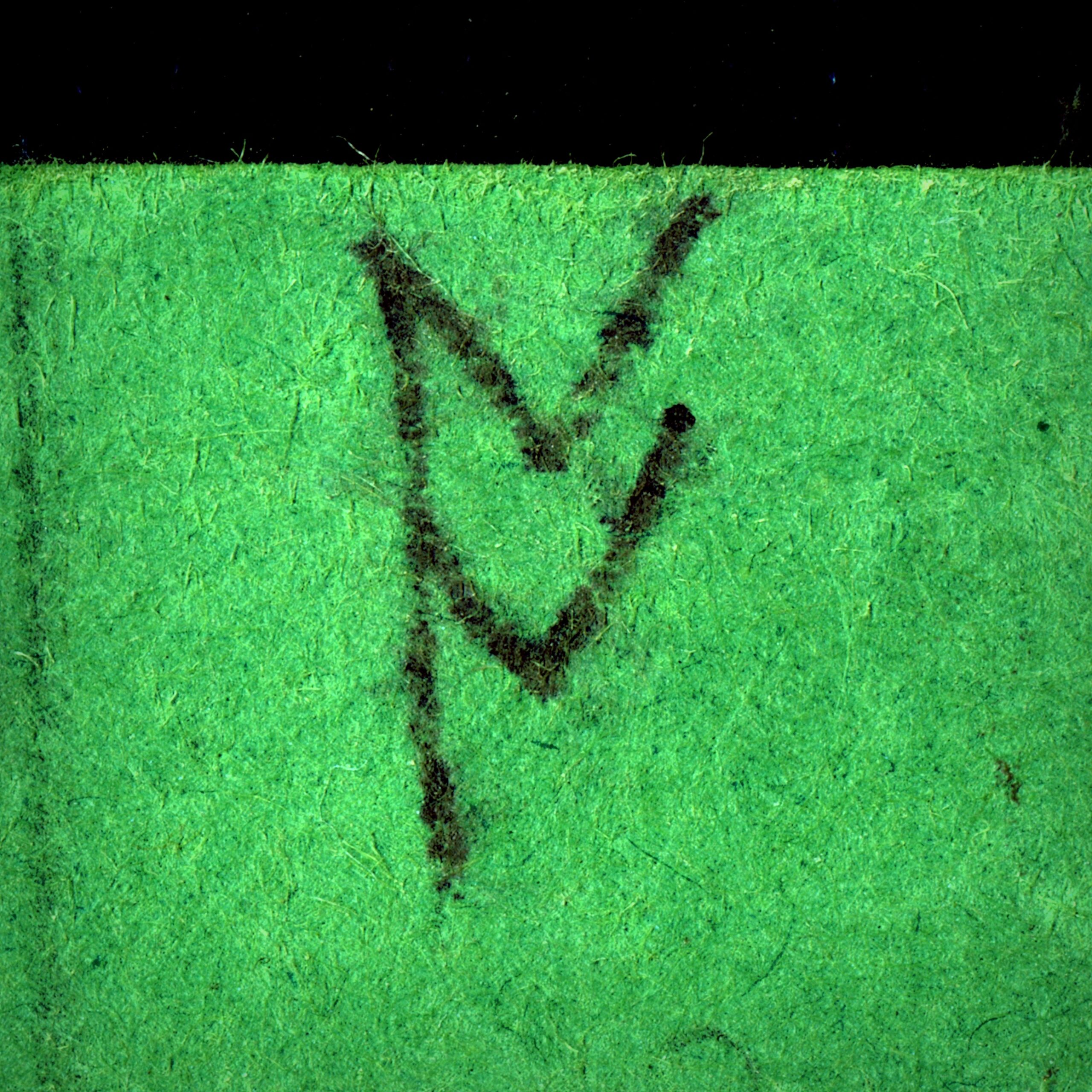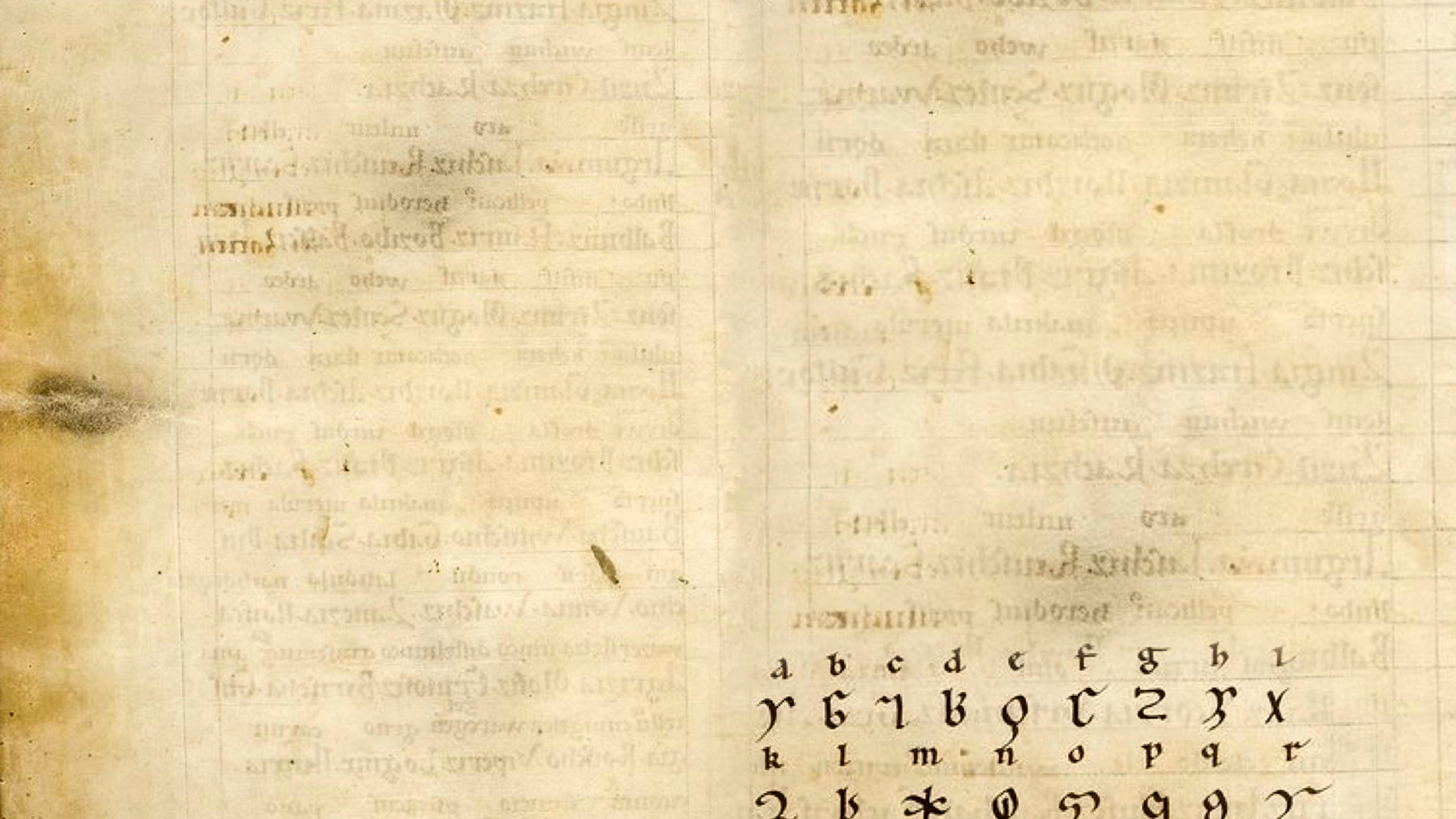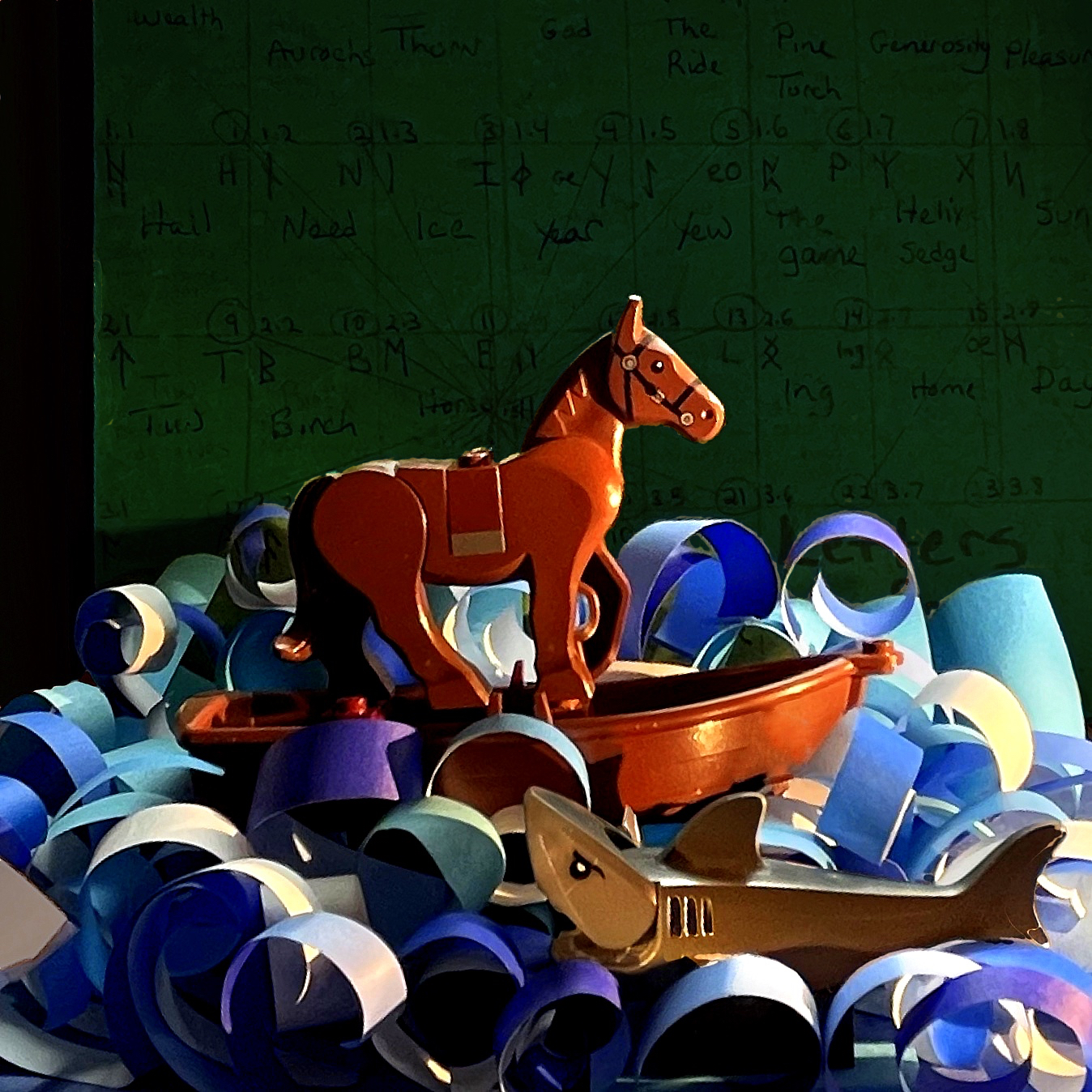 The medieval world was on the move. They traveled, all over the place and farther than you think. The Romans did it prior, they set up the whole show. They covered the lands around the entire Mediterranean with roads and sea routes, west and east of Rome, down the length of the Middle East, up the Nile, back down the Nile, all across North Africa and into Spain, all of Spain, France, across the channel and right up into Britain. This whole massive area is filled with people of infinite variety, their languages, their gods, their customs, their food, their everything, their all of it. And what are they doing? What are the people doing? They’re circulating. It’s all in motion, the whole place. Commerce and trade requires movement and the roads were busy, there’s a silk road to the east linking up to another massive trade structure, there’s ships sailing in all directions, traveling … More
The medieval world was on the move. They traveled, all over the place and farther than you think. The Romans did it prior, they set up the whole show. They covered the lands around the entire Mediterranean with roads and sea routes, west and east of Rome, down the length of the Middle East, up the Nile, back down the Nile, all across North Africa and into Spain, all of Spain, France, across the channel and right up into Britain. This whole massive area is filled with people of infinite variety, their languages, their gods, their customs, their food, their everything, their all of it. And what are they doing? What are the people doing? They’re circulating. It’s all in motion, the whole place. Commerce and trade requires movement and the roads were busy, there’s a silk road to the east linking up to another massive trade structure, there’s ships sailing in all directions, traveling … More
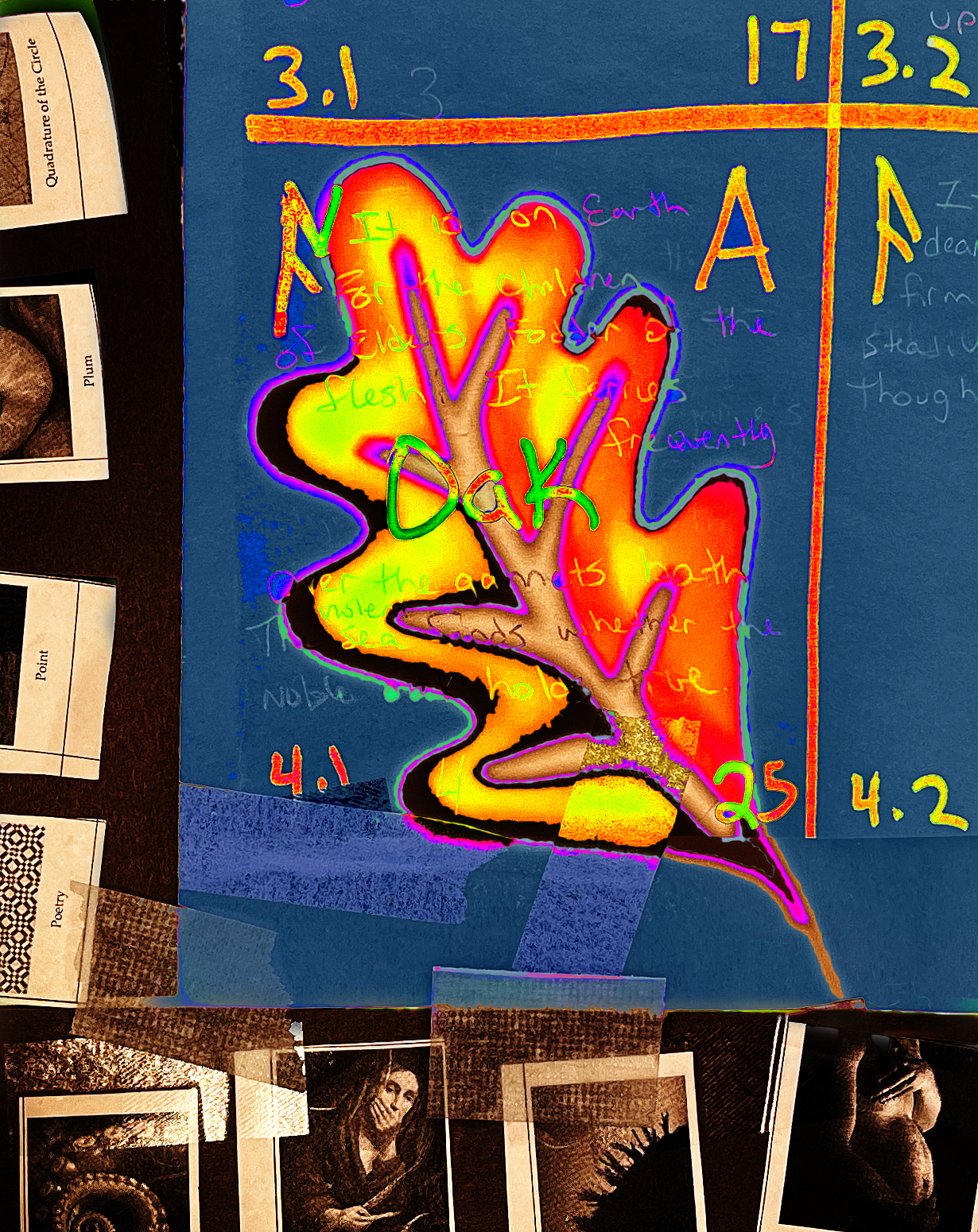
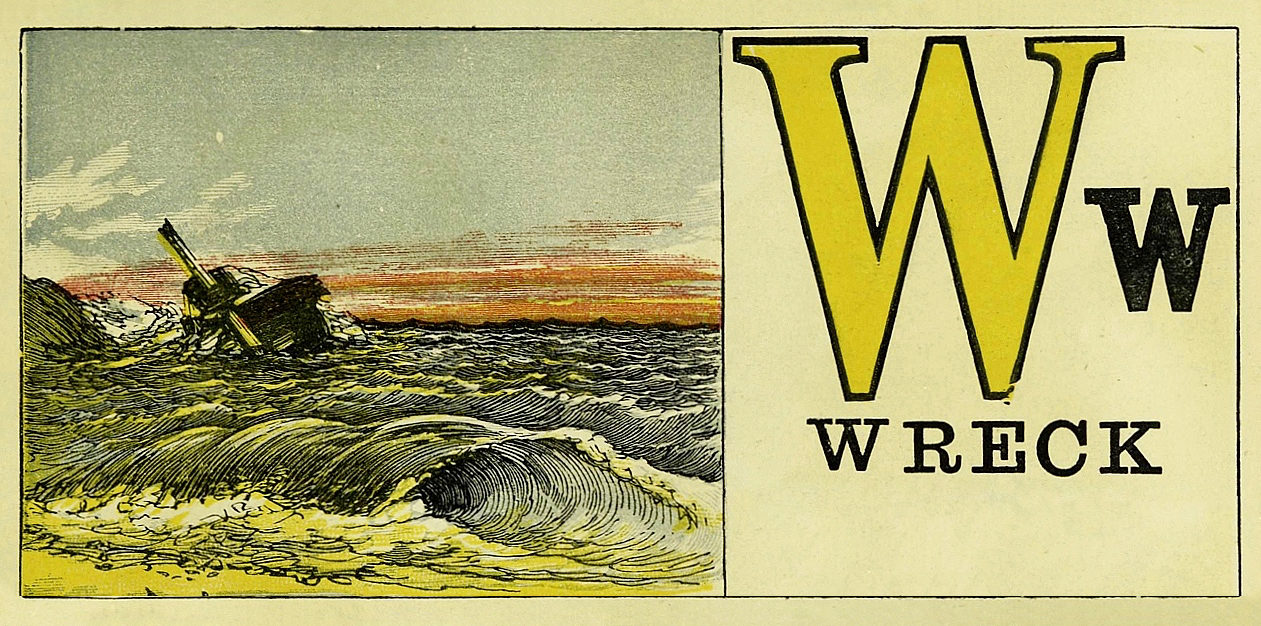

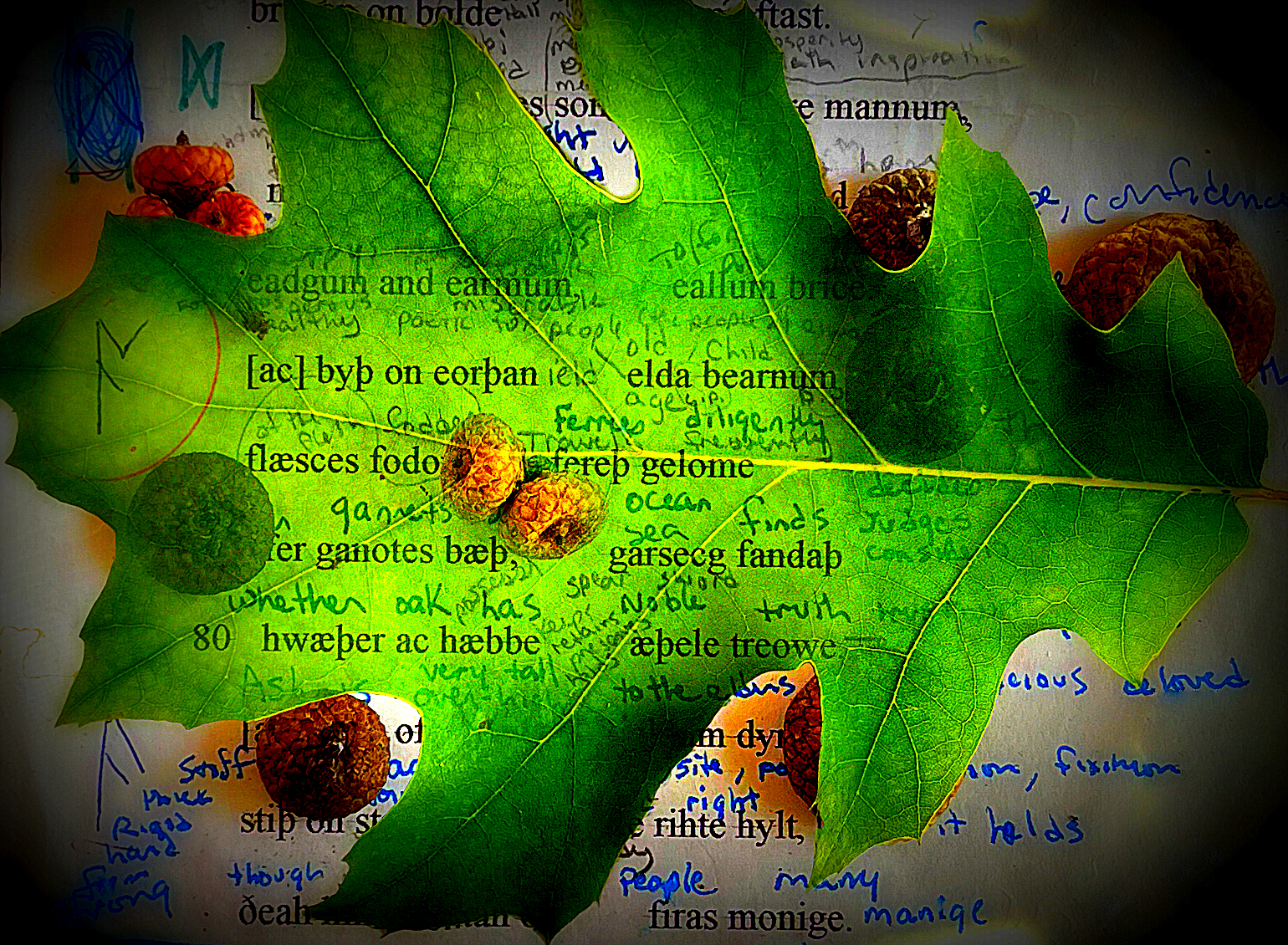
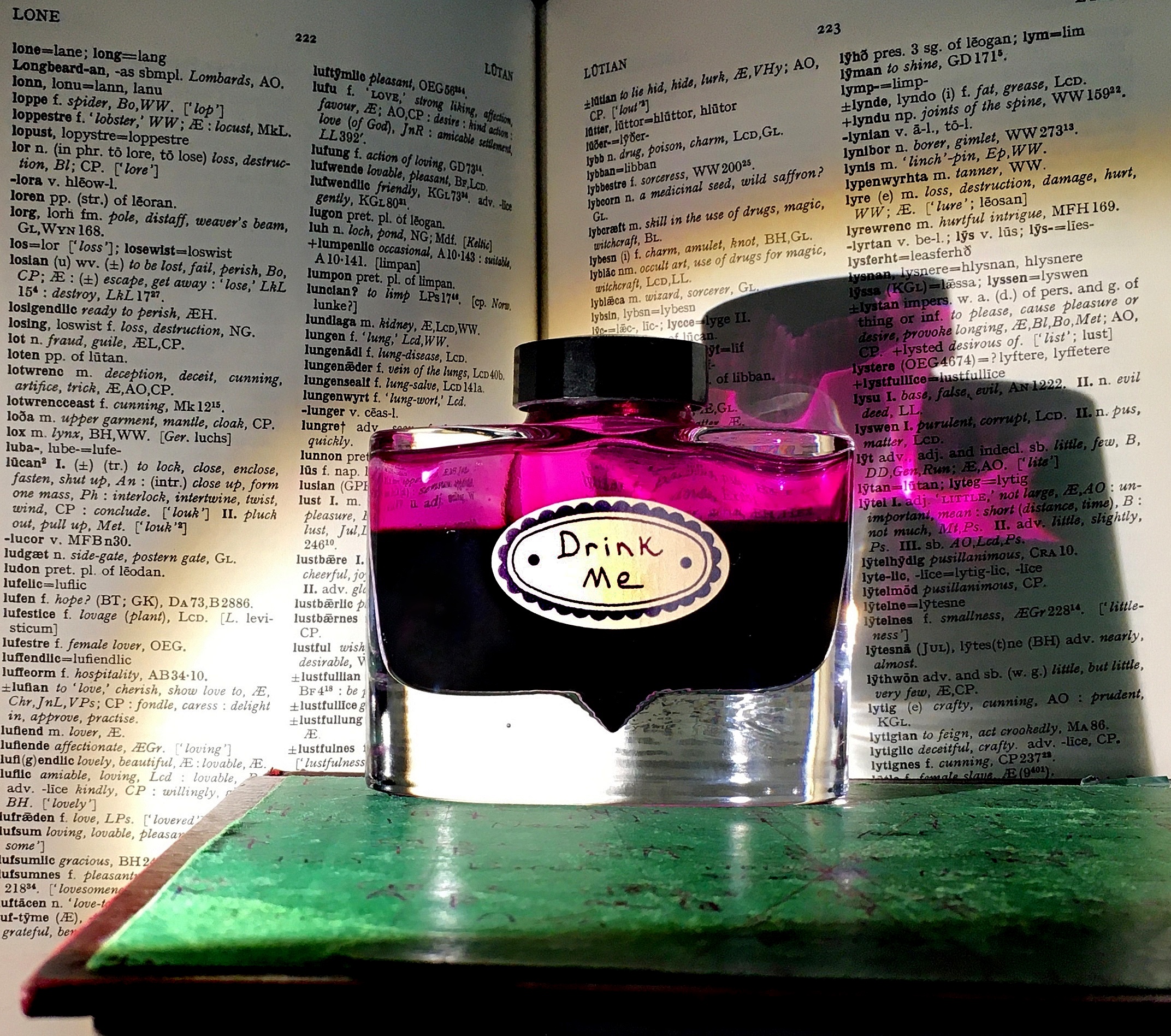 Ingredients (alphabetical order):
Ingredients (alphabetical order):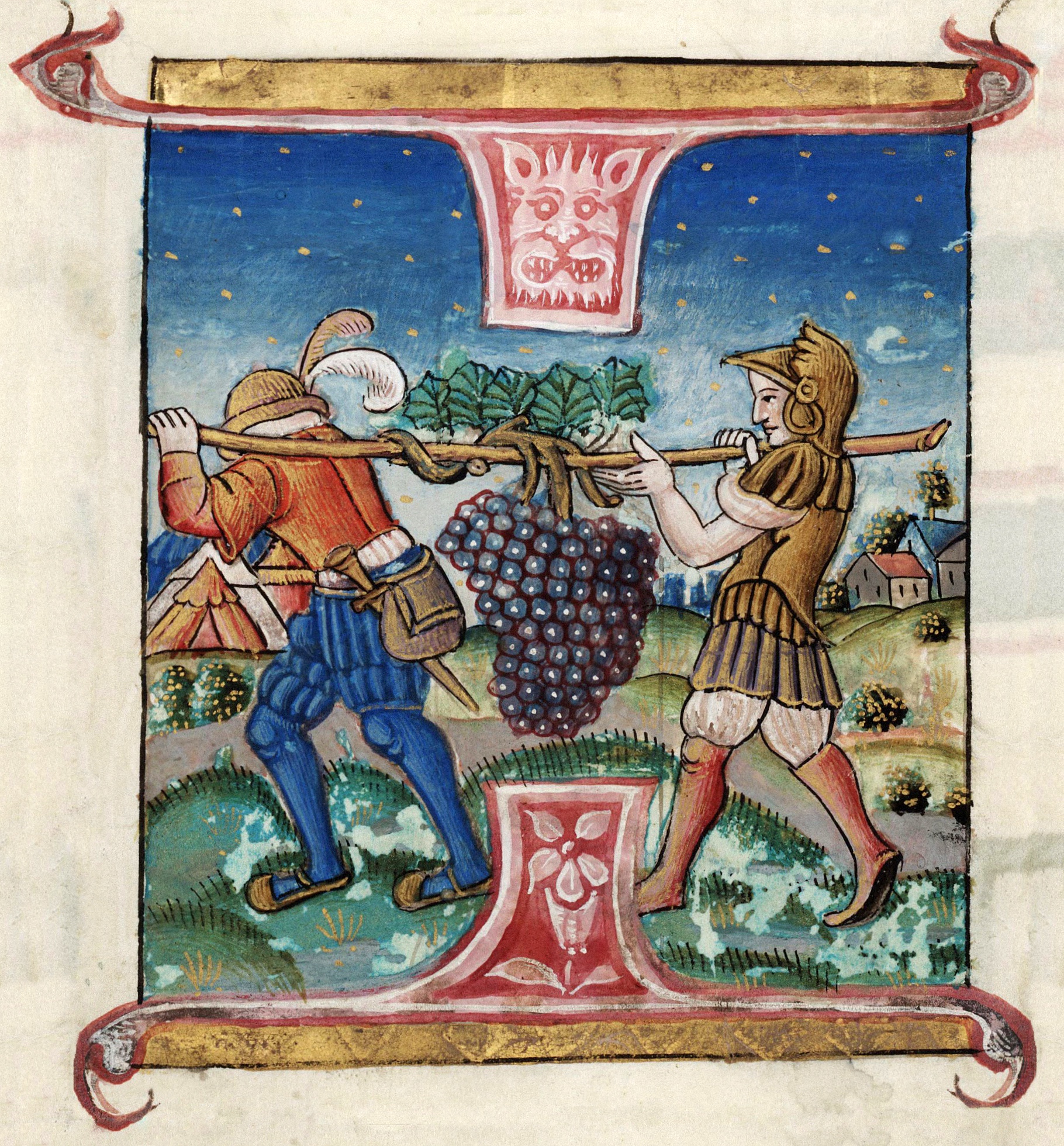
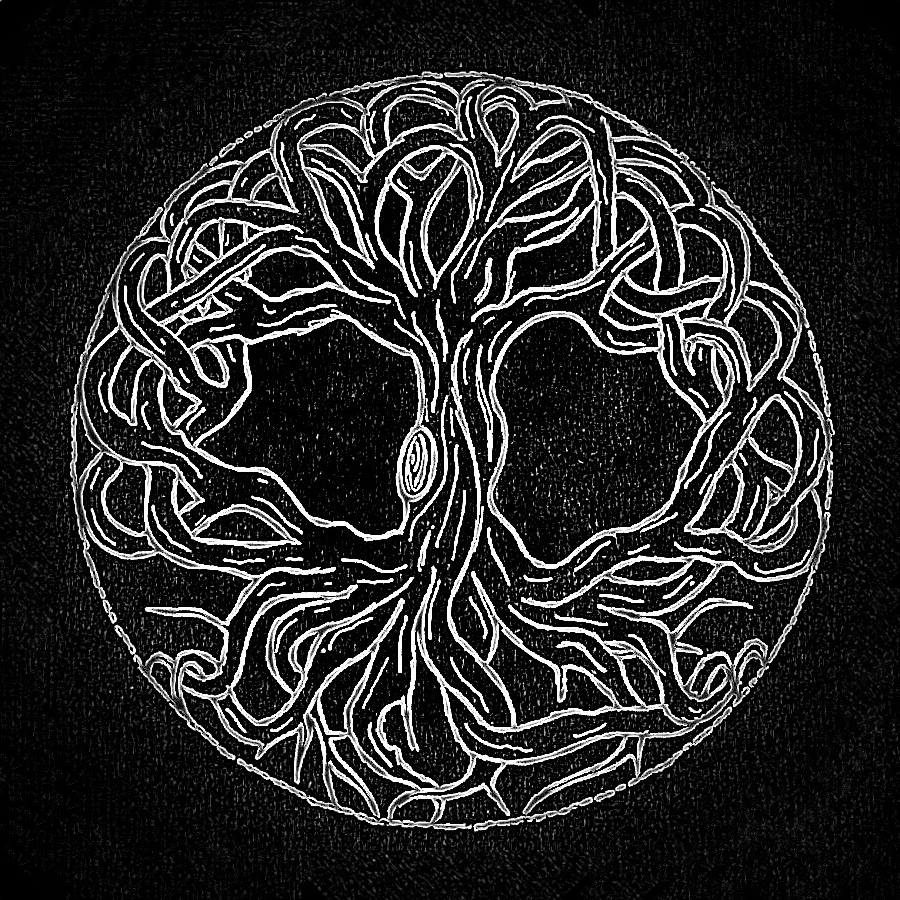 Crann Bethadh means tree of life in Old Irish. It’s an oak tree. The Celts used to plant them in the centers of their villages where they could be the
Crann Bethadh means tree of life in Old Irish. It’s an oak tree. The Celts used to plant them in the centers of their villages where they could be the 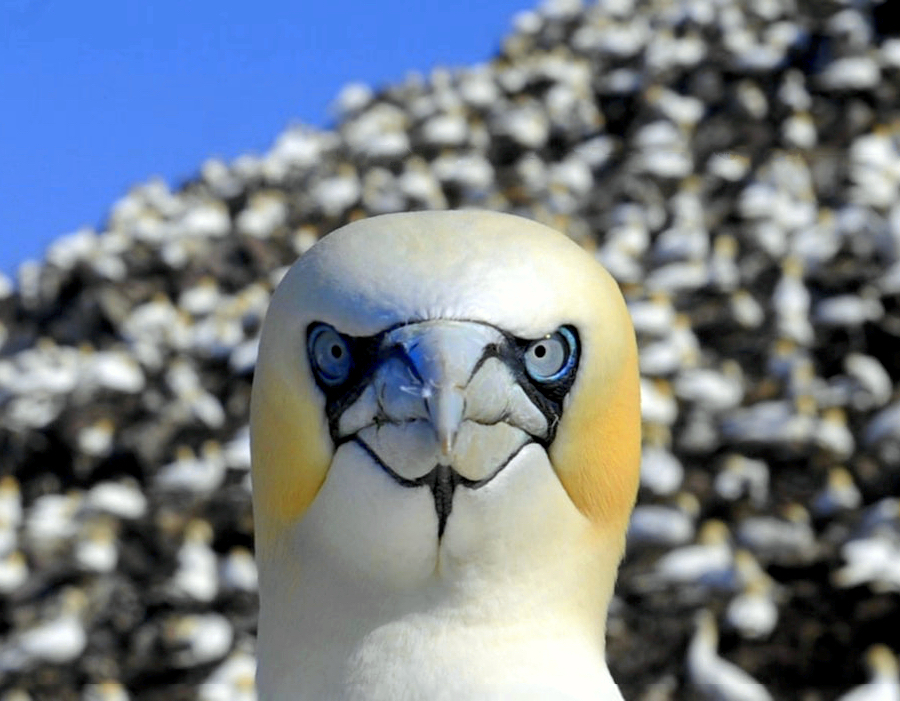
 The medieval world was on the move. They traveled, all over the place and farther than you think. The Romans did it prior, they set up the whole show. They covered the lands around the entire Mediterranean with roads and sea routes, west and east of Rome, down the length of the Middle East, up the Nile, back down the Nile, all across North Africa and into Spain, all of Spain, France, across the channel and right up into Britain. This whole massive area is filled with people of infinite variety, their languages, their gods, their customs, their food, their everything, their all of it. And what are they doing? What are the people doing? They’re circulating. It’s all in motion, the whole place. Commerce and trade requires movement and the roads were busy, there’s a silk road to the east linking up to another massive trade structure, there’s ships sailing in all directions, traveling …
The medieval world was on the move. They traveled, all over the place and farther than you think. The Romans did it prior, they set up the whole show. They covered the lands around the entire Mediterranean with roads and sea routes, west and east of Rome, down the length of the Middle East, up the Nile, back down the Nile, all across North Africa and into Spain, all of Spain, France, across the channel and right up into Britain. This whole massive area is filled with people of infinite variety, their languages, their gods, their customs, their food, their everything, their all of it. And what are they doing? What are the people doing? They’re circulating. It’s all in motion, the whole place. Commerce and trade requires movement and the roads were busy, there’s a silk road to the east linking up to another massive trade structure, there’s ships sailing in all directions, traveling … 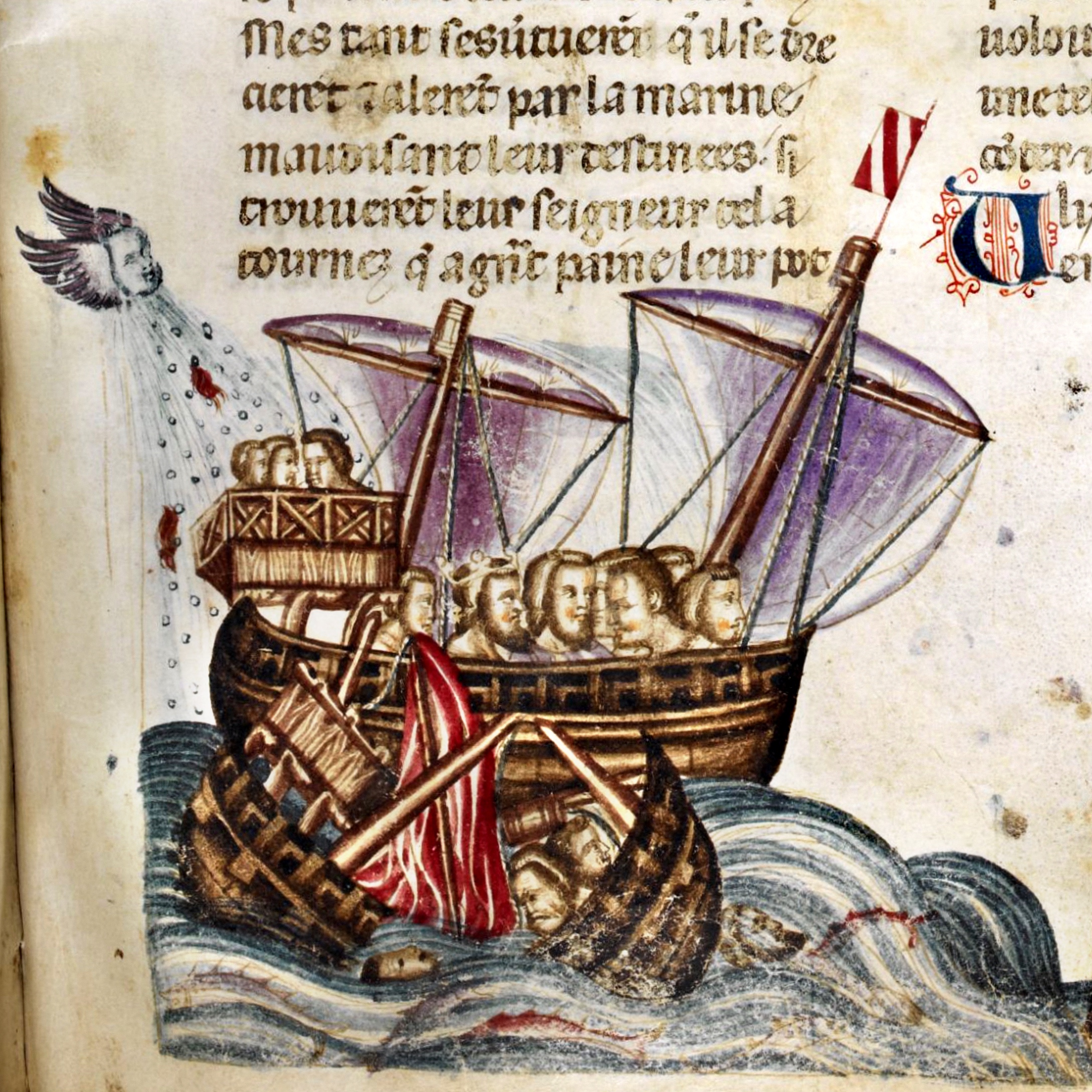 Provision yourself, because Ac says you are going on a journey and it won’t be smooth sailing. You’re already gone, you know that? Warning: these choppy waters might shatter you into matchwood. You’re about to find out what you’re made of. What were you made for? This. You were made for this so hold true.
Provision yourself, because Ac says you are going on a journey and it won’t be smooth sailing. You’re already gone, you know that? Warning: these choppy waters might shatter you into matchwood. You’re about to find out what you’re made of. What were you made for? This. You were made for this so hold true.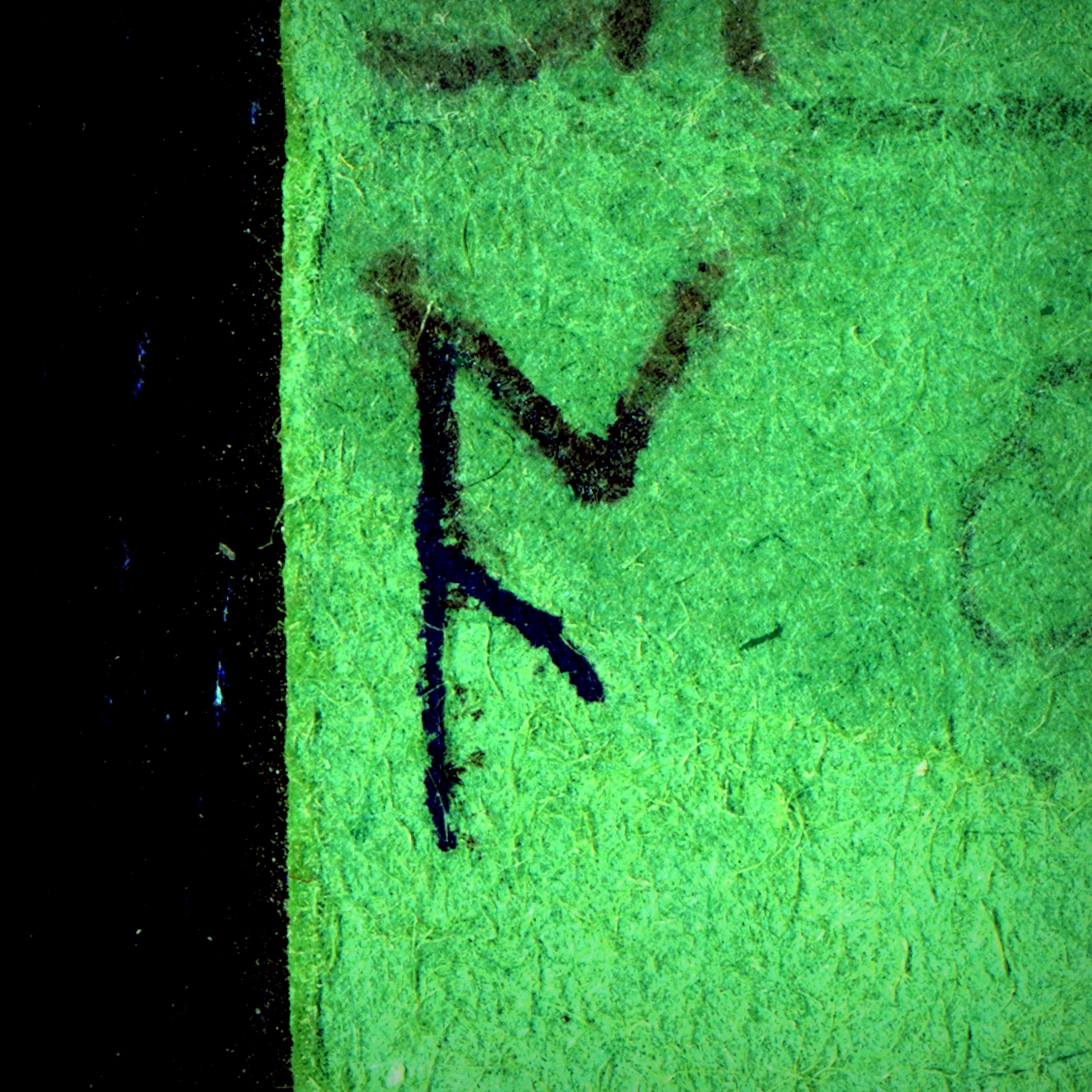 In the Old English Rune Poem the letter A means oak. This was the
In the Old English Rune Poem the letter A means oak. This was the 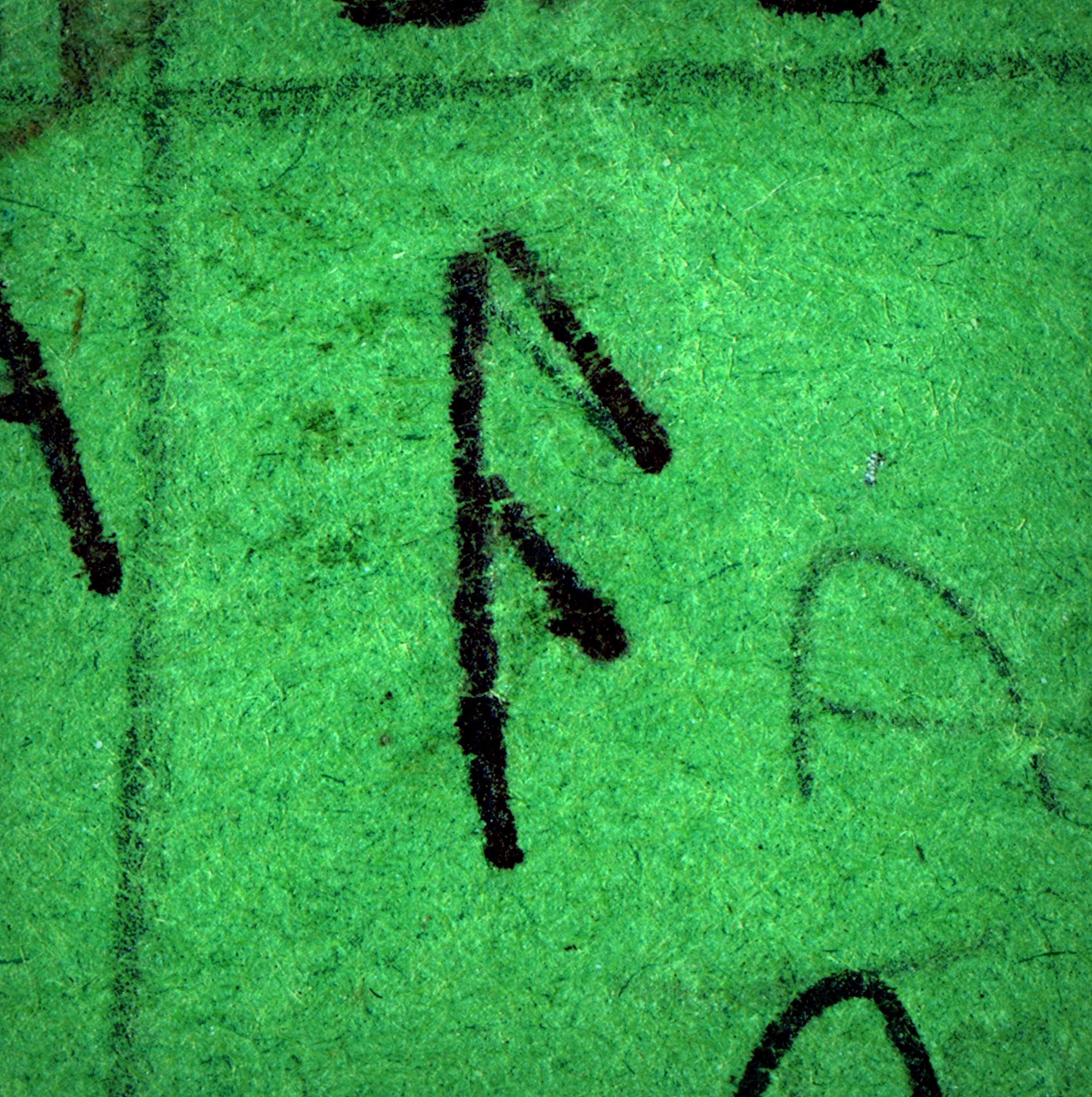 The
The 